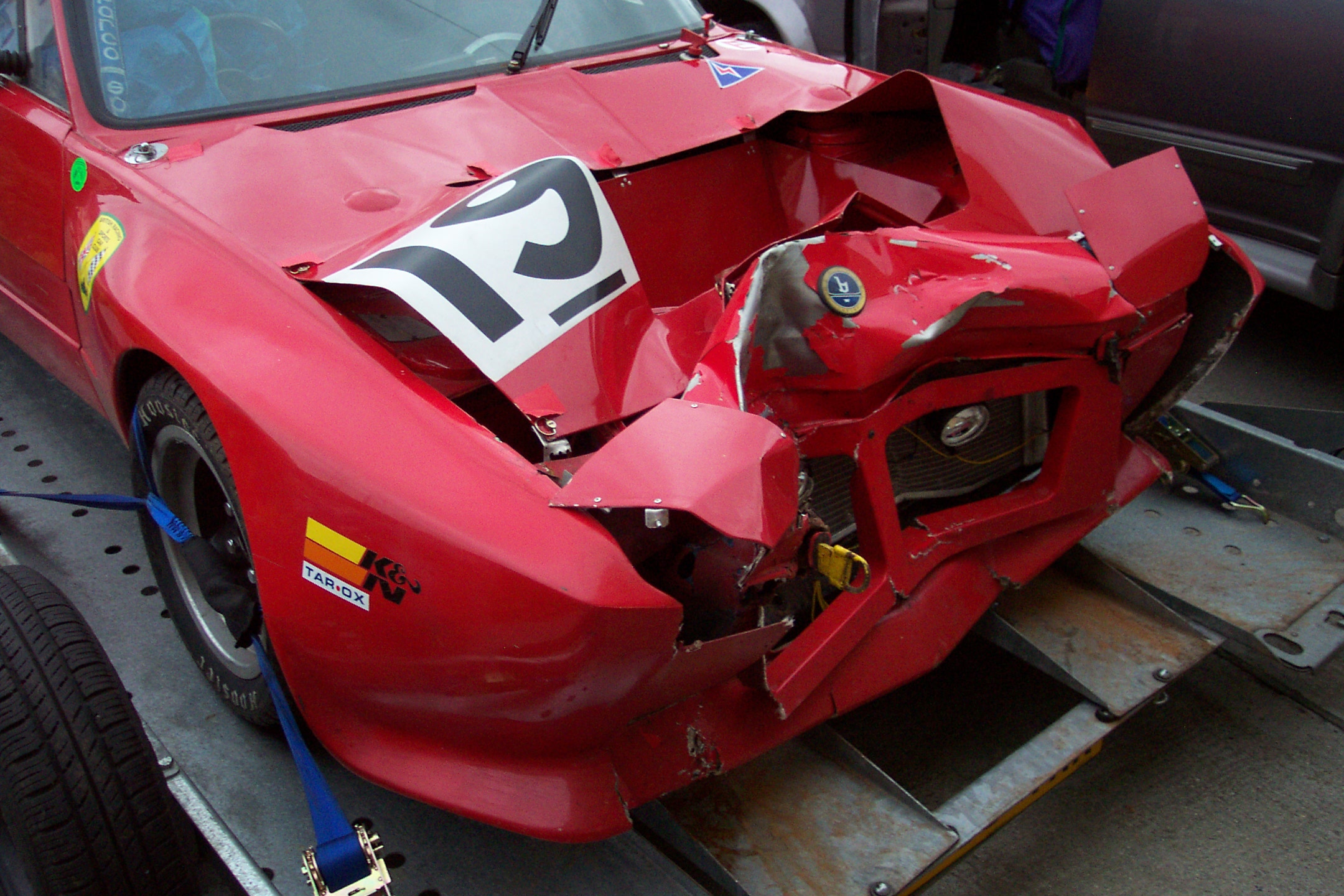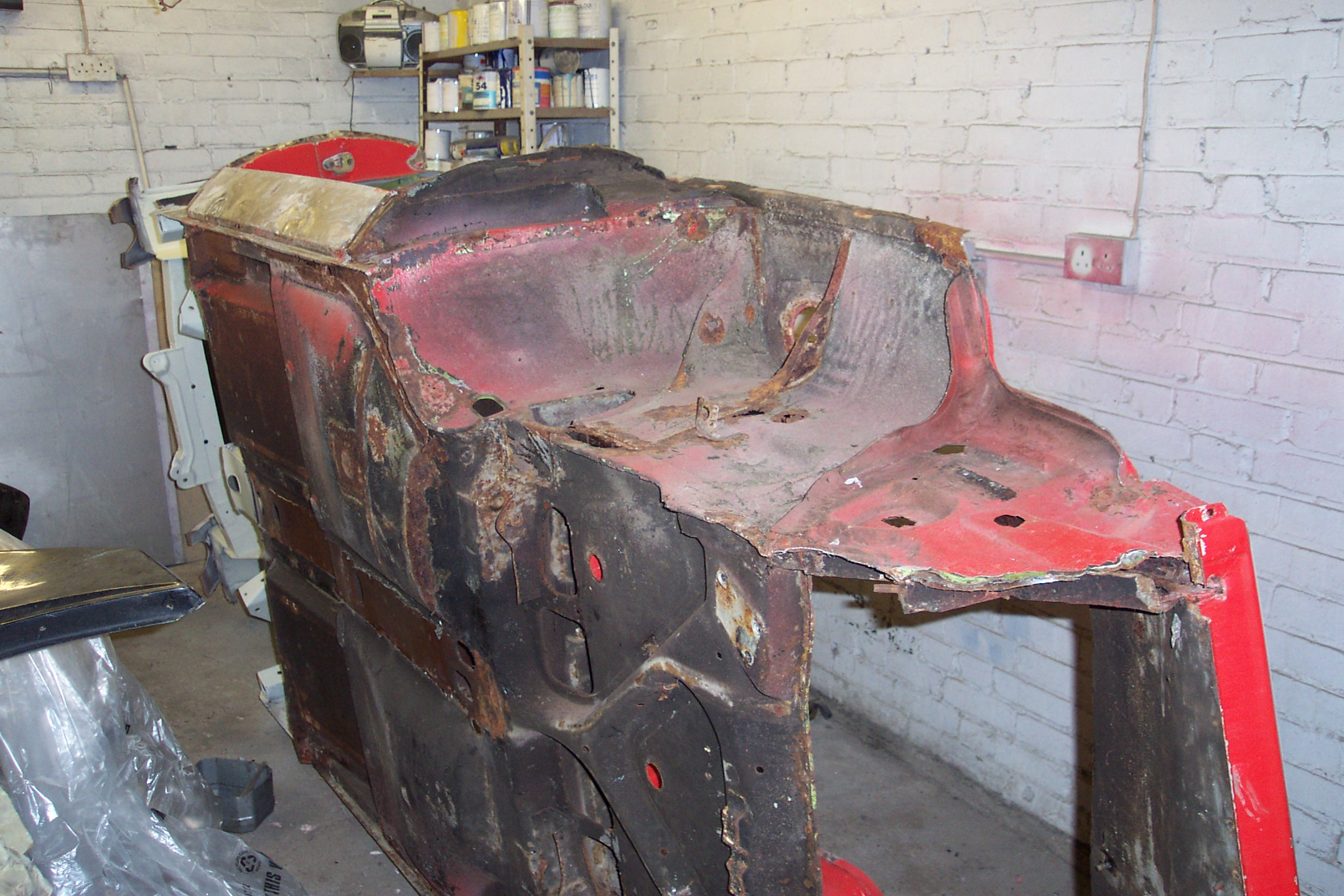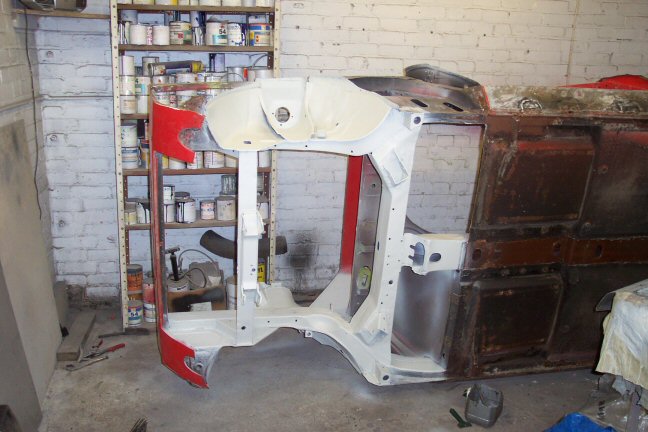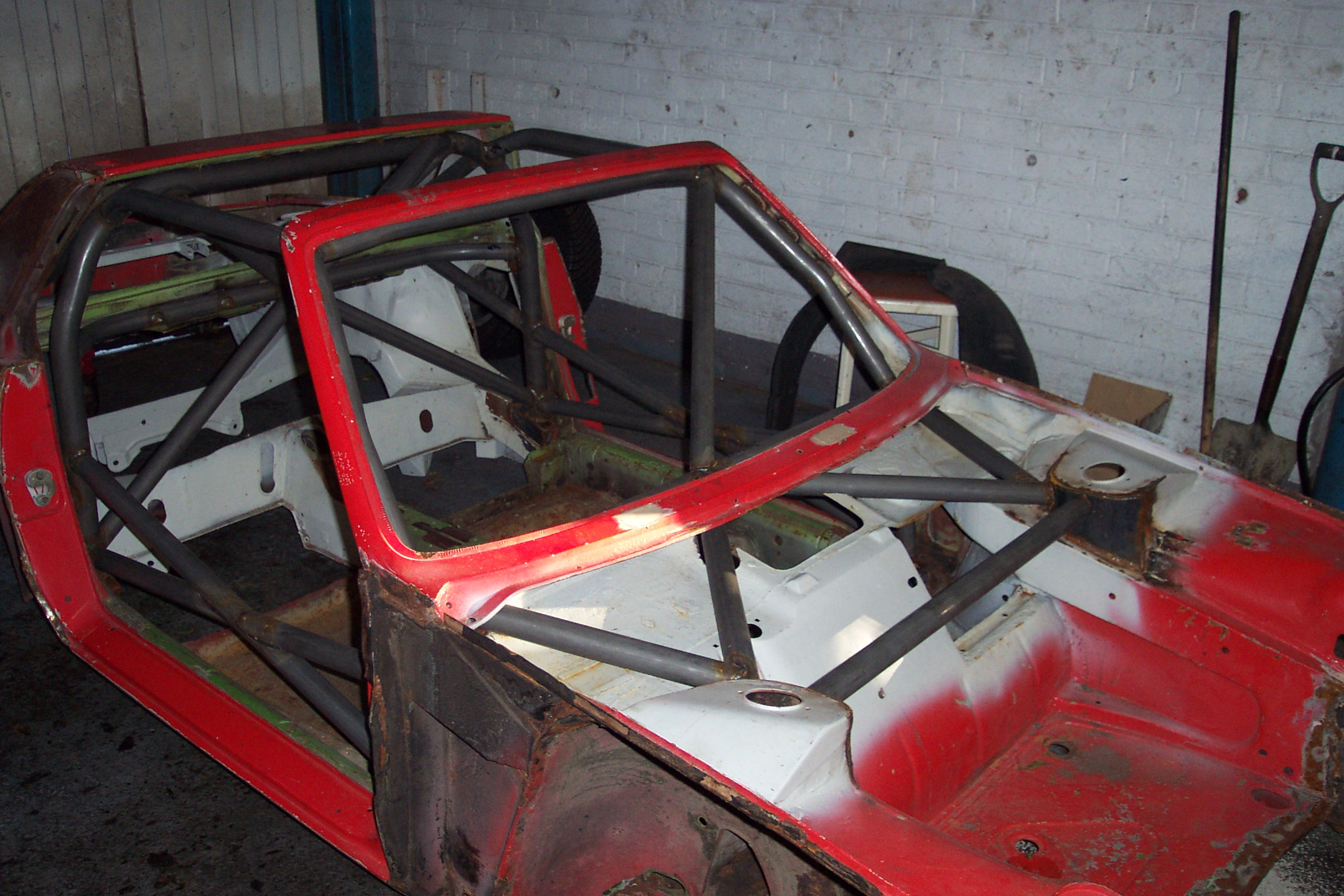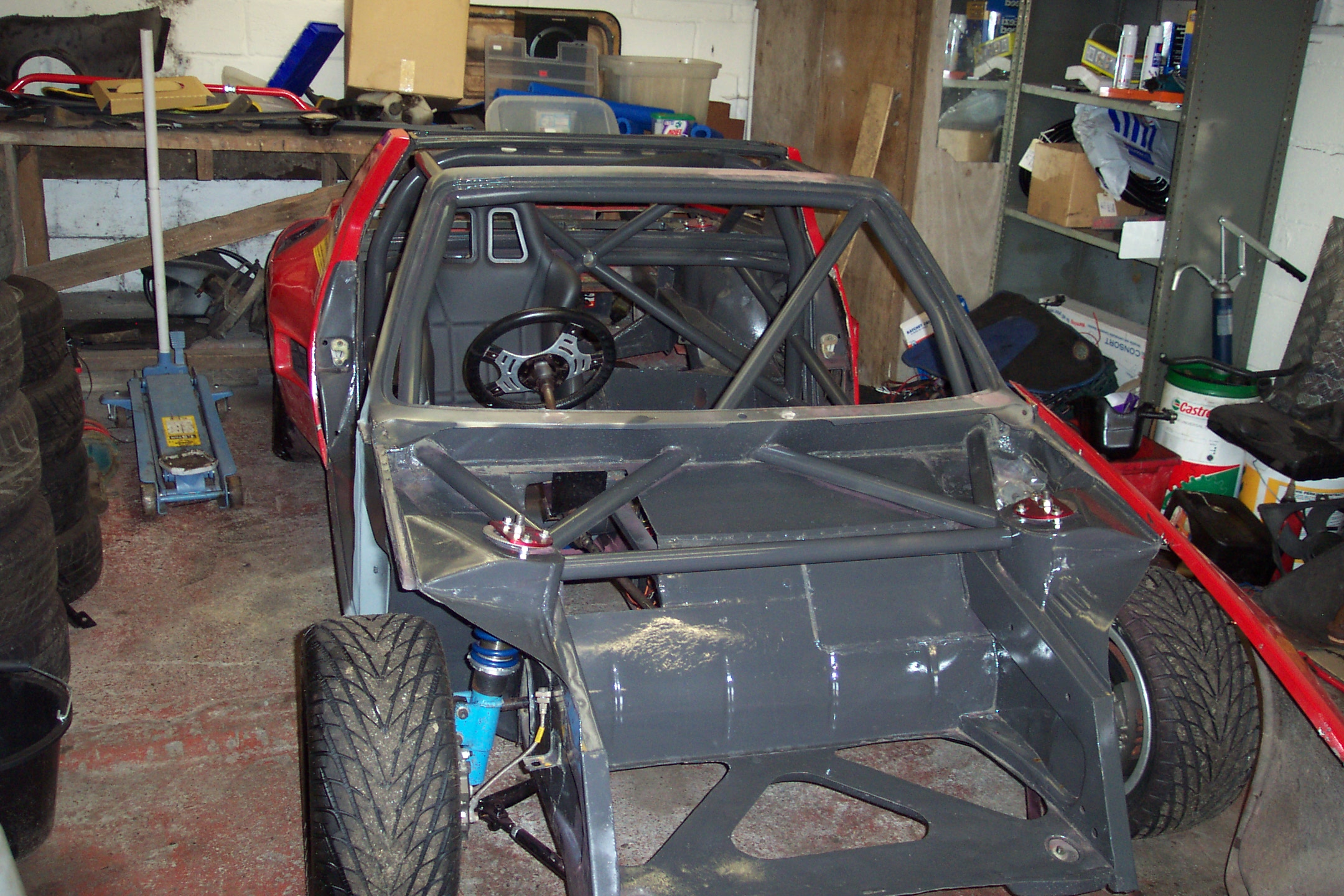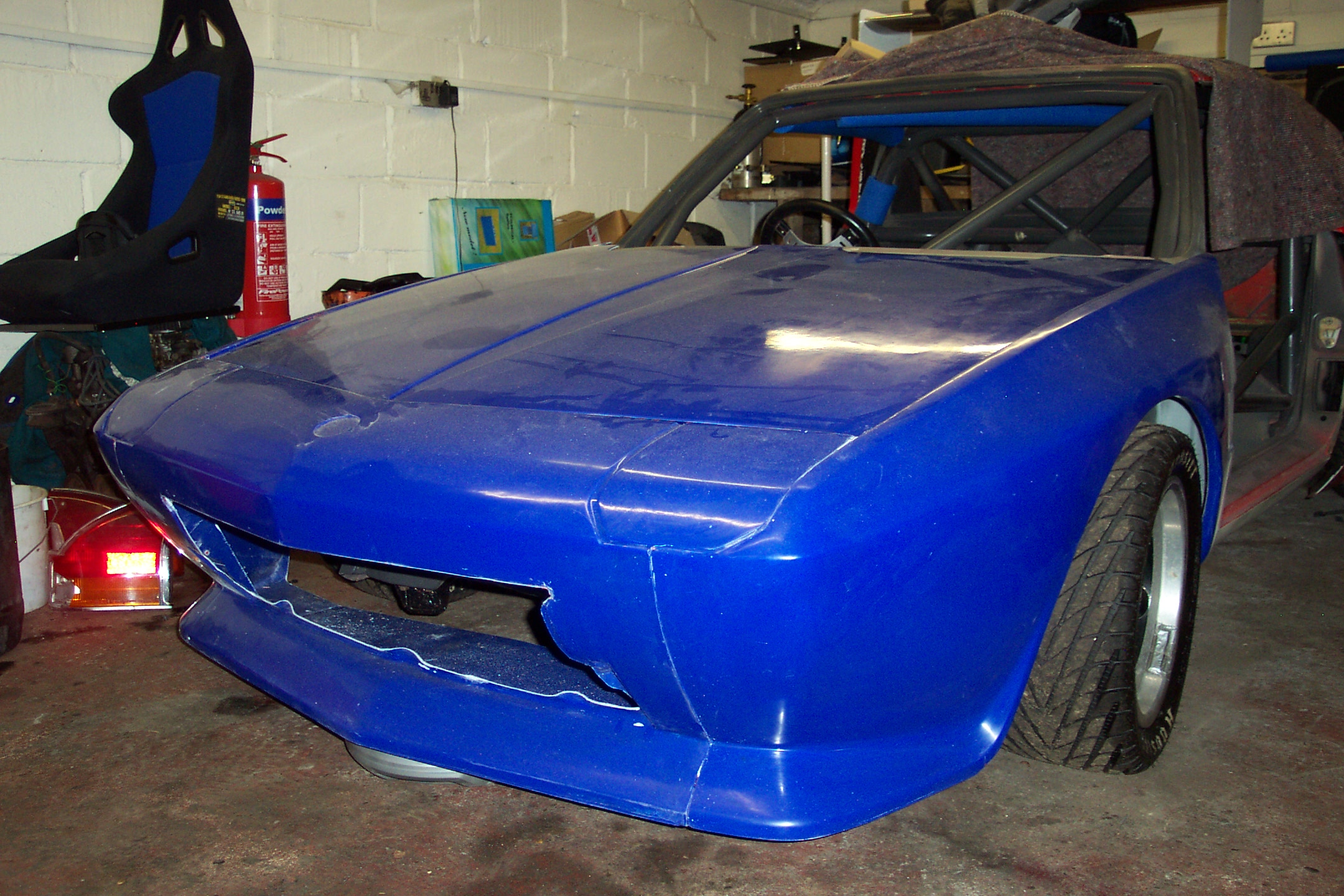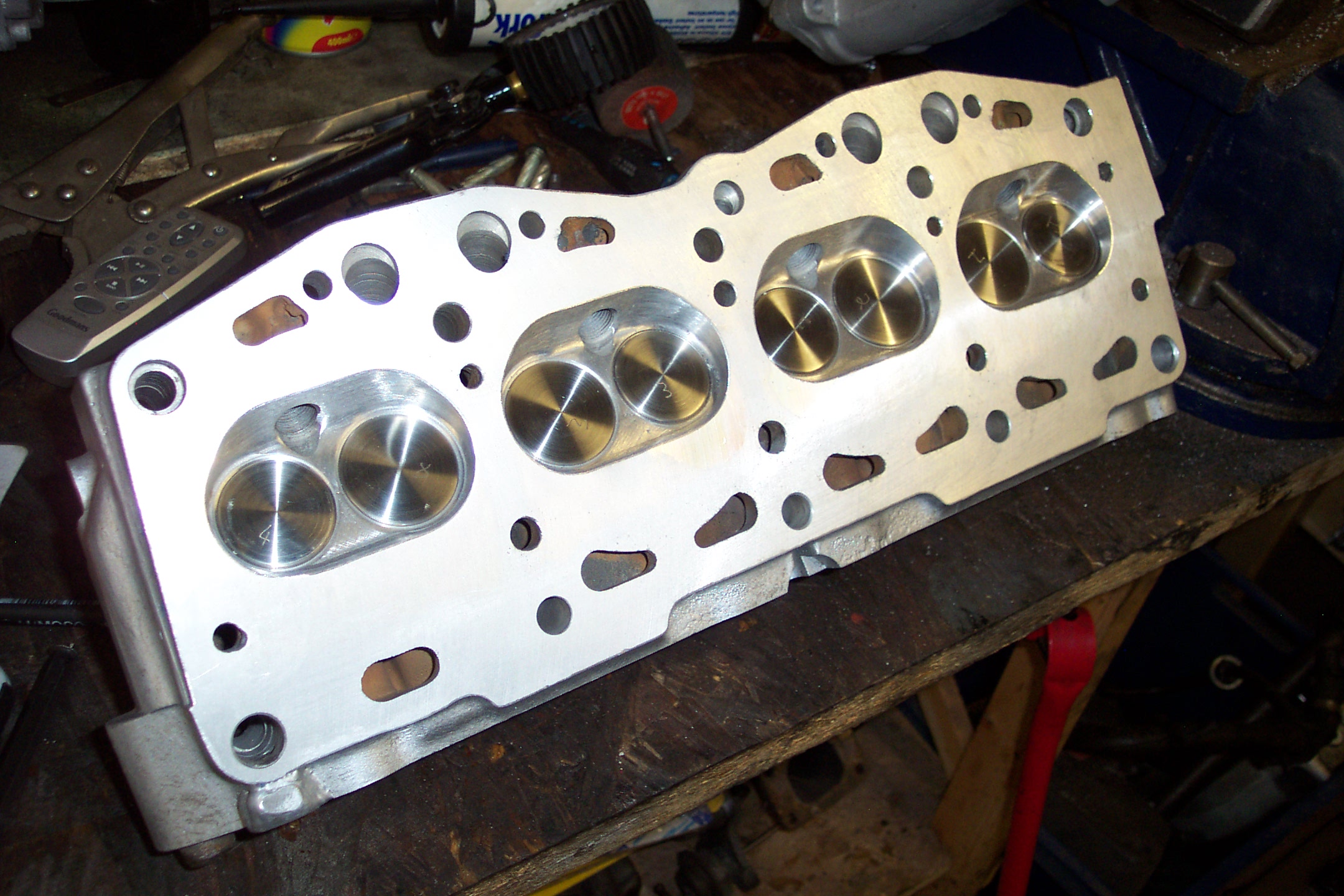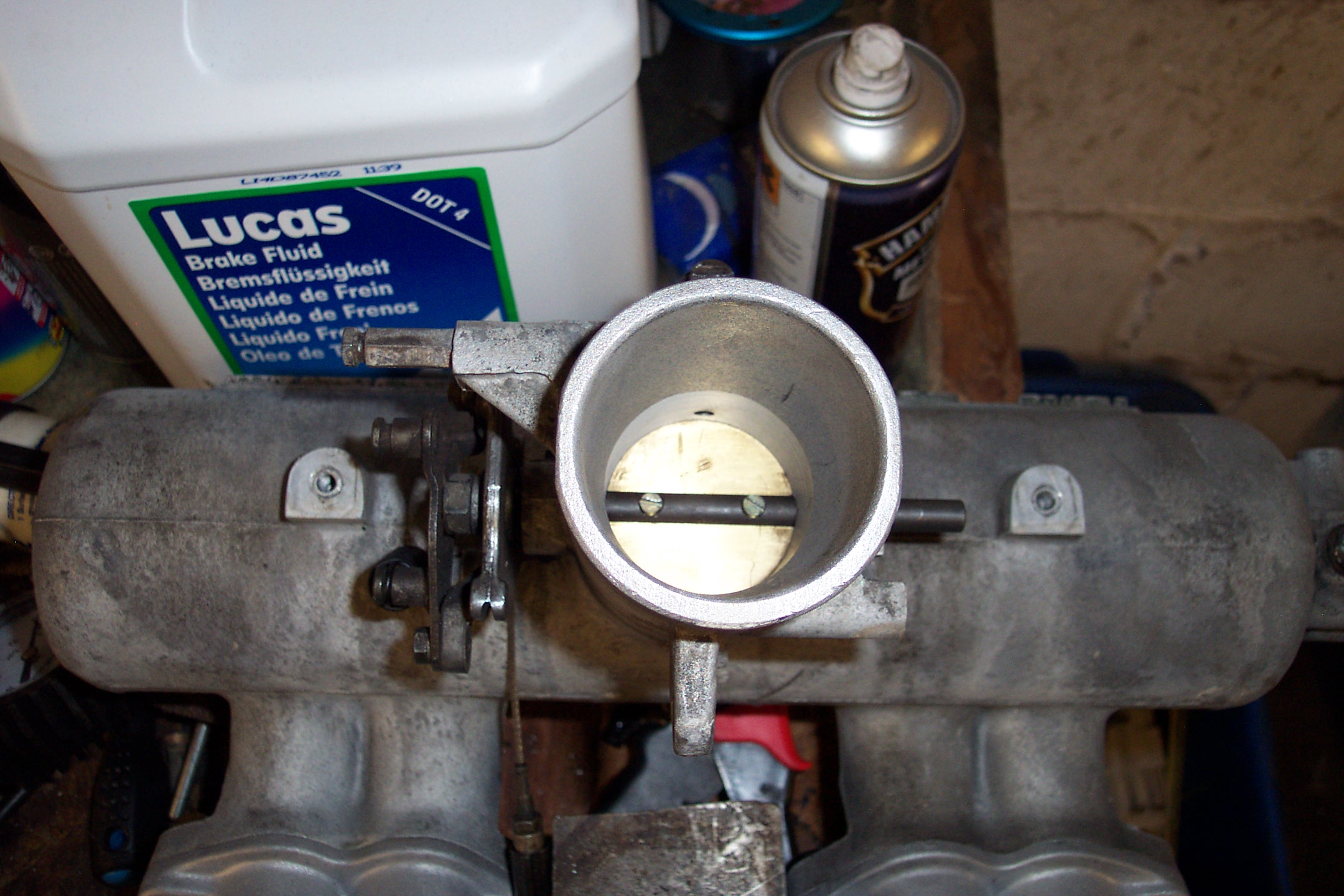jimbro1000
Established member
A little over 10 years ago I decided I was going to start racing. I had a decent job, decent wage and it was something I'd always wanted to do.
I knew my way around X1/9s and parts weren't a problem so I decided that would be my chariot. Sounds simple but as you can surely guess, nothing ever is.
I landed an MOT failure for pocket change and set about stripping it out and converting it. The engine was screaming due to a dying timing belt tensioner and it had a water leak due to a sheared off bolt but other than that I couldn't find much wrong.
Several hundred pounds later and I had a roll cage, seat, harness, fire extinguisher and electrical cut out all ready to fit and the car was pretty much bare bones. Sadly that's where it all went a bit pear shaped because I bought my first house (and emptied my bank account).
That's about as far as that car got. I ended up selling it to a neighbour who put it all back together and it turned out to be a really great car when he'd finished with it.
Project #2 was a ready built car - converted to a dallara replica by Avanti, with a nicely worked 1300 engine. It even came with a trailer.
I sold my Integra Type-R to buy it, reduce my spending (stupid insurance premium every year) and get a towcar. What I didn't have was anywhere to put it - it ended up outside my parent's house for a few months before I found a friend willing to look after it while I got the drive on my new house sorted out. In that time someone stole the fire extinguisher and had a good root through it.
Then another friend asked to borrow it on the promise that if he bent the car he'd pay for the repairs. I dragged it off to Castle Combe for him and watched the race - or rather just the qualifying. Three laps down and the engine expired in a cloud of smoke...
It turns out that the engine was hugely overbored and then sleeved but the sleeves weren't pinned and had started going up and down with the pistons and had then lunched itself.
Back to square 1 again...
Plan B was to use an Uno Turbo engine to replace the tuned up 1300. This was no small task thanks to all the extra wiring and the management systems which didn't like the engine cut-out.
Anyway, a few months later it was all running and I was out racing. It didn't go well for a couple of races. The first one saw the throttle stop screw split in half and foul the throttle plate so the throttle wouldn't close - this made for a seriously scary experience, a couple of very fast laps and then me pulling over before someone got killed (me most probably). The second race saw a stone go through one of the front tyres - not a big stone but it was enough to kill the tyre.
Then it all started to work - a run of reasonable finishes resulted, some nice silverware for the cabinet (all since stolen) and a new plan to get even more power.
I knew my way around X1/9s and parts weren't a problem so I decided that would be my chariot. Sounds simple but as you can surely guess, nothing ever is.
I landed an MOT failure for pocket change and set about stripping it out and converting it. The engine was screaming due to a dying timing belt tensioner and it had a water leak due to a sheared off bolt but other than that I couldn't find much wrong.
Several hundred pounds later and I had a roll cage, seat, harness, fire extinguisher and electrical cut out all ready to fit and the car was pretty much bare bones. Sadly that's where it all went a bit pear shaped because I bought my first house (and emptied my bank account).
That's about as far as that car got. I ended up selling it to a neighbour who put it all back together and it turned out to be a really great car when he'd finished with it.
Project #2 was a ready built car - converted to a dallara replica by Avanti, with a nicely worked 1300 engine. It even came with a trailer.
I sold my Integra Type-R to buy it, reduce my spending (stupid insurance premium every year) and get a towcar. What I didn't have was anywhere to put it - it ended up outside my parent's house for a few months before I found a friend willing to look after it while I got the drive on my new house sorted out. In that time someone stole the fire extinguisher and had a good root through it.
Then another friend asked to borrow it on the promise that if he bent the car he'd pay for the repairs. I dragged it off to Castle Combe for him and watched the race - or rather just the qualifying. Three laps down and the engine expired in a cloud of smoke...
It turns out that the engine was hugely overbored and then sleeved but the sleeves weren't pinned and had started going up and down with the pistons and had then lunched itself.
Back to square 1 again...
Plan B was to use an Uno Turbo engine to replace the tuned up 1300. This was no small task thanks to all the extra wiring and the management systems which didn't like the engine cut-out.
Anyway, a few months later it was all running and I was out racing. It didn't go well for a couple of races. The first one saw the throttle stop screw split in half and foul the throttle plate so the throttle wouldn't close - this made for a seriously scary experience, a couple of very fast laps and then me pulling over before someone got killed (me most probably). The second race saw a stone go through one of the front tyres - not a big stone but it was enough to kill the tyre.
Then it all started to work - a run of reasonable finishes resulted, some nice silverware for the cabinet (all since stolen) and a new plan to get even more power.


